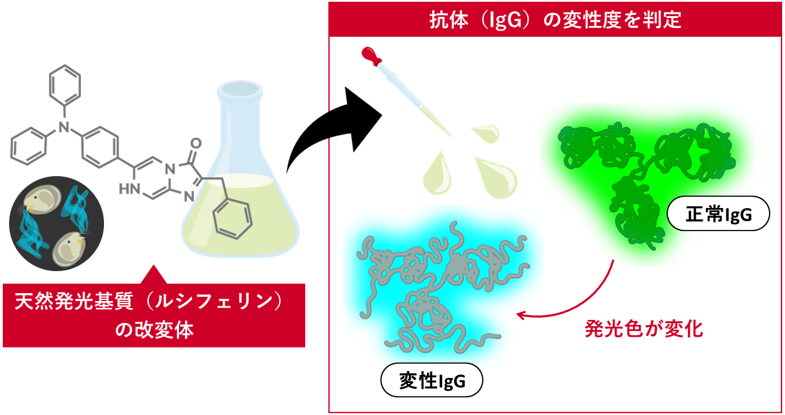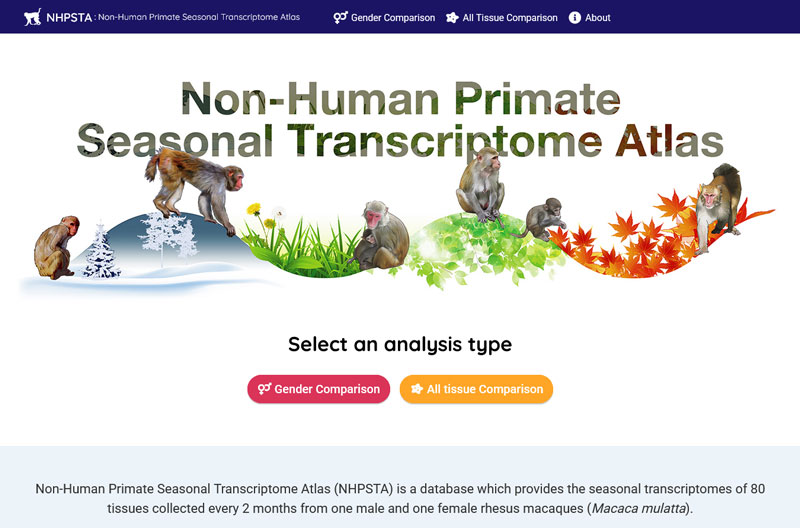2025-05-02 京都大学

ウラシルとチミンが紫外光を受けて生成する反応中間体の構造。C=C二重結合が強くねじれた構造を持ち、DNA・RNAの光化学に重要な役割を持つと推測される。
<関連情報>
- https://www.kyoto-u.ac.jp/ja/research-news/2025-05-02-2
- https://www.kyoto-u.ac.jp/sites/default/files/2025-05/web_2505_Suzuki-4e6384703c830c21d338ca17660b432e.pdf
- https://pubs.acs.org/doi/10.1021/jacs.4c17415
ピリミジン核酸塩基の電子緩和における基底状態中間体の形成 Formation of Ground-State Intermediate during Electronic Relaxation of Pyrimidine Nucleobases
Yuki Obara,Srijon Ghosh,Alexander Humeniuk,Shota Kamibashira,Shunsuke Adachi,and Toshinori Suzuki
Journal of the American Chemical Society Published: April 25, 2025
DOI:https://doi.org/10.1021/jacs.4c17415
Abstract
Ultrafast electronic relaxation of nucleobases from the 1ππ* state to the ground electronic state (S0) is crucial for the photostability of DNA and RNA. However, it has been suggested that electronic relaxation of pyrimidine nucleobases, nucleosides, and nucleotides in an aqueous environment generates an electronically excited intermediate state with a lifetime of tens to hundreds of picoseconds with a relatively high quantum yield (QY) of 0.2–0.5. The generation of such a long-lived excited state seems to be inconsistent with the photostability of these molecules. A recent extreme ultraviolet time-resolved photoelectron spectroscopy study by Miura et al. [J. Am. Chem. Soc. 2023, 145 (6), 3369] reinvestigated this problem and revealed that the accurately determined QY for long-lived excited states is much too low to allow an electronically excited reaction intermediate to exist. In the present study, we investigated the nature of the reaction intermediate using ultraviolet and infrared transient absorption spectroscopy, along with quantum chemical calculations to show that the intermediate is in the S0 state, and its infrared spectrum is compatible with a metastable twisted C═C species theoretically predicted by Park et al. [J. Phys. Chem. Lett. 2022, 13 (30), 7072].


